Research Underscores Vulnerability of Wildlife in Low-Lying Hawaiian Islands

If current climate change trends continue, rising sea levels may inundate low-lying islands across the globe, placing island biodiversity at risk. A new U.S.G.S scientific publication describes the first combined simulations of the effects of sea-level rise and wave action in the Northwestern Hawaiian Islands.
King tides test California coast, show what sea-level rise could mean
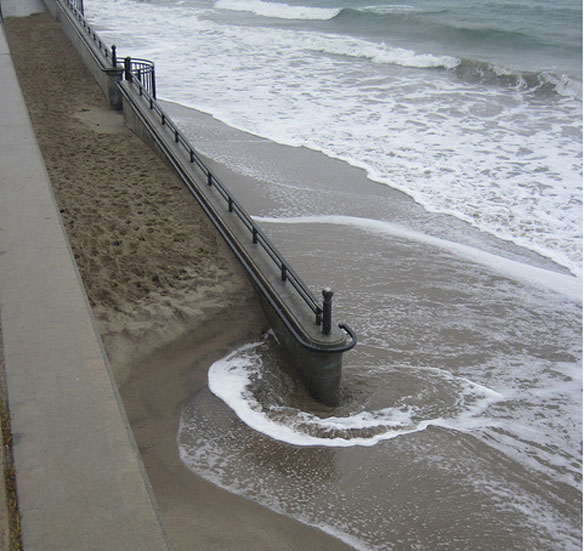
Some Californians were in for another day of ankle-deep seawater in low-lying coastal communities Friday as unusually high “king tides” pulled the Pacific farther ashore than normal.
Coastal Erosion Threatens Cape Breton Homes, Nova Scotia
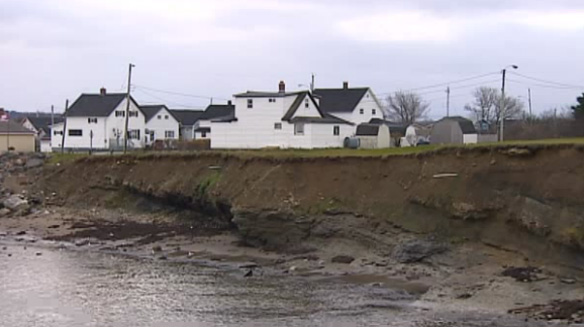
Sea ice once offered some protection, but there’s much less ice these days as the wind and waves are bringing the shoreline closer to their front doors, some Cape Breton residents fear their homes will be washed away…
Greenland, Antarctica Ice Melt Speeding Up, Study Finds
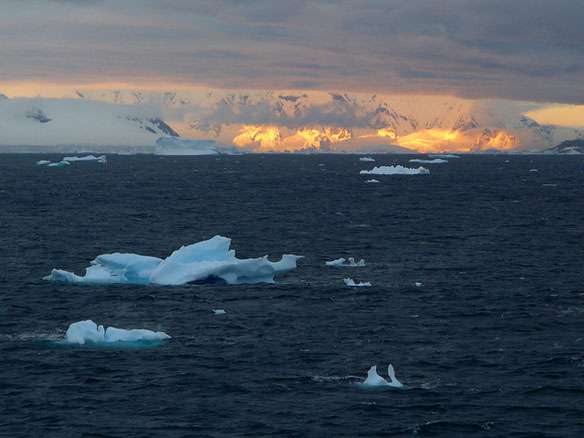
Two decades of satellite readings back up what dramatic pictures have suggested in recent years: The mile-thick ice sheets that cover Greenland and most of Antarctica are melting at a faster rate in a warming world.
Coastal Erosion Reaches Alarming Levels in Vietnam
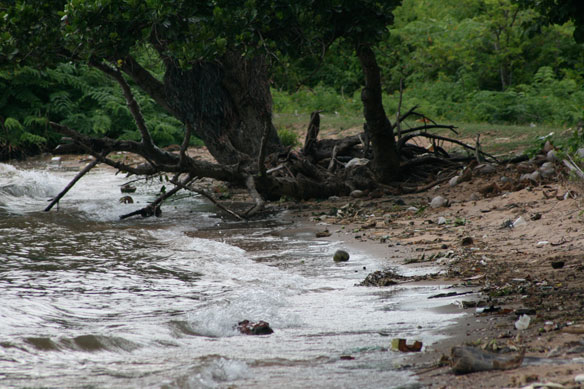
For the last decade, many families in this southwestern Vietnamese province have been uprooted at least once every two years, but this is not due to economic or political upheaval.
Rising Seas, Vanishing Coastlines

The oceans have risen and fallen throughout Earth’s history, following the planet’s natural temperature cycles. Twenty thousand years ago, what is now New York City was at the edge of a giant ice sheet, and the sea was roughly 400 feet lower. But as the last ice age thawed, the sea rose to where it is today.
Middle ground Of Sea-Level Change
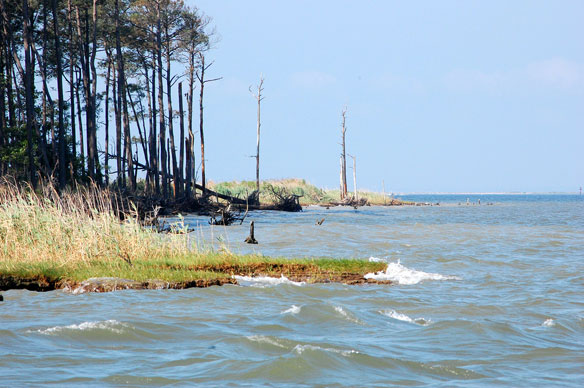
New research is throwing light on another, less-familiar component of sea-level variability, the “intra-seasonal” changes that occupy the middle ground between rapid, storm-related surges in sea level and the long-term increase in sea level due to global climate change.
Superstorm Moves Film From Theoretical to Concrete
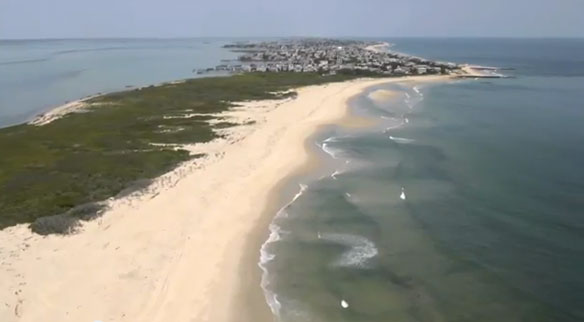
In the documentary “Shored Up,” scientists warn that with a rising sea level, a major storm could put New Jersey’s barrier islands underwater and create devastating storm surges. In other words, what happened last month when Superstorm Sandy slammed into New Jersey and New York.
The Retreat of the Gualas Glacier, Northern Patagonia
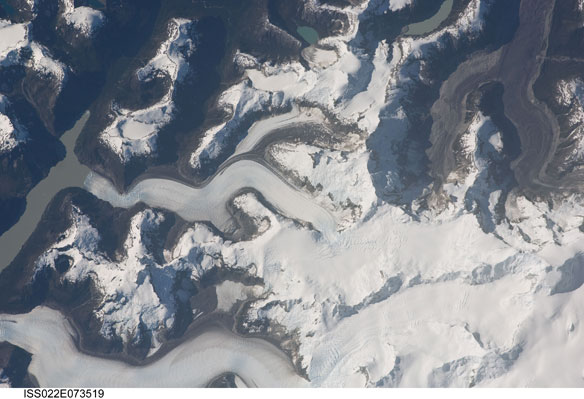
Like many mountain glaciers, the Gualas Glacier in the Patagonian region of Chile has retreated fast during the past century in the face of climate change. But not only for the reason you’d first suspect.
